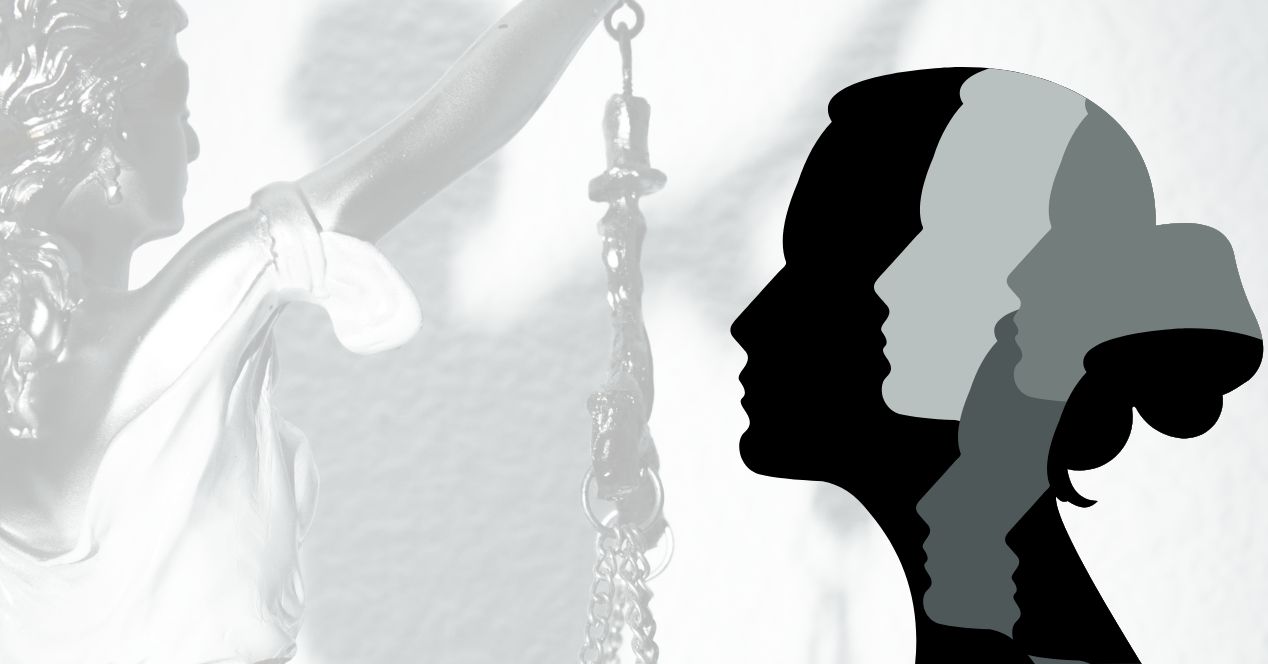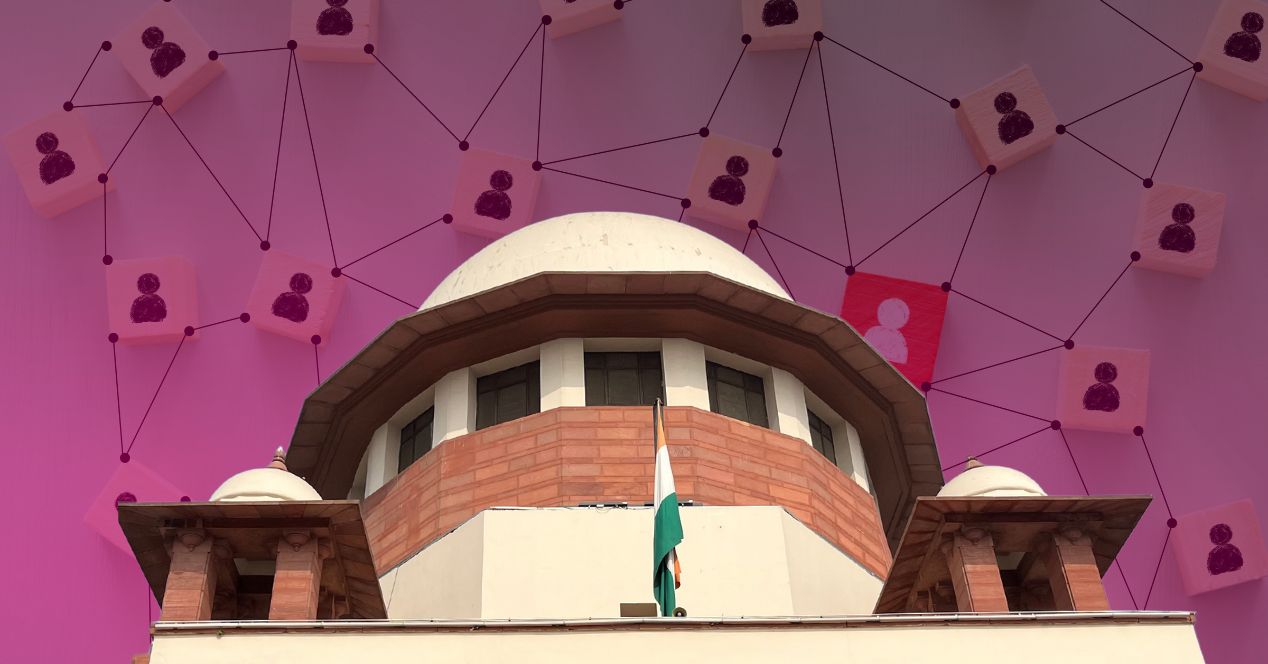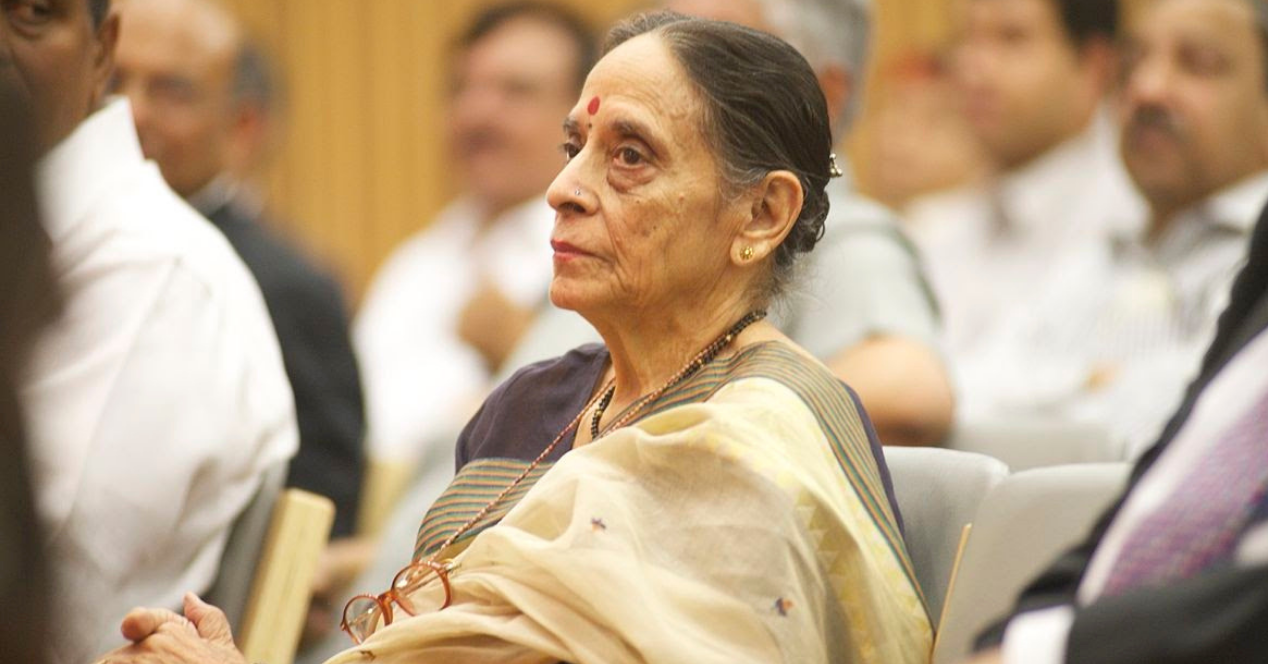Channel
Representation of women in the legal profession
A century after winning the right to practice law, women in the highest ranks of the judiciary remain the exception, not the norm
Transcript:
Hello everyone and welcome to SCO’s channel. I’m Sai Spandana.
Did you know that Cornelia Sorabji was the first woman to pass the Civil Law examinations at Oxford in 1892? But despite passing the bar, she was not allowed to plead before the Allahabad High Court because, at the time, the legal profession was restricted to men.
Twenty-four years later, nothing much had changed. In 1916, Regina Guha’s enrolment application was rejected by a bench of five judges in the Calcutta High Court. “As the law stands, a woman cannot be enrolled as a pleader,” the judges wrote.
Legal practice back then was governed by the Legal Practitioners Act, 1879. Section 5 of the Act stated that no person shall appear, plead or act as a pleader unless he shall have been admitted and enrolled. While the law never explicitly barred women, the assumption at the time was that the “he” in this law was literal, not indicative.
Around this time, a larger movement for women’s rights in the legal profession was gaining momentum in India. In 1932, Dr. Hari Singh Gaur, a legislator, moved the Central Legislative Assembly to amend the 1879 Act. This kickstarted a series of events culminating in the enactment of the Legal Practitioners (Women) Act, 1923. Finally, women could practice law in India. Cornelia Sorabji then became the first woman to become a vakil in the country.
Since then, more women have followed. Anna Chandy became India’s first woman judge in 1937. In 1944, Violet Alva was the first woman advocate to argue before a full bench of a High Court. In 1959, when Chandy became a High Court judge, she was only the second woman in the world to do so.
It took another 30 years for the Supreme Court to see its first woman judge. Justice Fathima Beevi assumed office on 6 October 1989. “I opened a closed door,” Justice Beevi had said in an interview while also remarking that there was no “scarcity” of competent women in India.
But the fact, however, remains that very few women have walked through that door. In the 35 years since, the top court has seen only 10 other women judges. The year 2021 stood out, for it saw the highest number of women judges in the Supreme Court. Justices Hima Kohli, B.V Nagarathna, and Bela M. Trivedi were elevated together and joined Justice Indira Banerjee.
This cohort of elevations also laid the foundation for India’s first woman Chief Justice. If the seniority principle is followed, Justice Nagarathna will assume office as the Chief Justice of India in 2027.
Now, undoubtedly, there are more women in the legal field today. As of 2023, there were 2,84,507 women advocates, according to data collected by the Bar Councils of 15 states. However, this only accounts for 15% of the total number of advocates in India. Gender representation continues to be an issue on the bench as well.
According to data published by the Supreme Court in 2023, 36.3% of the officers in the district judiciary and only 14% of the judges in high courts were women. Currently, only two out of the 33 sitting judges in the Supreme Court are women. One of them, Justice Bela Trivedi, is set to retire this year.
Milestones matter. However, celebrating firsts creates the illusion of victory when the real battle, that is, representation in leadership, remains to be won. Just one woman Chief Justice across 25 High Courts is not enough. Two women on the Supreme Court bench do not proportionally reflect the Indian people.
While the appointment of the first woman Chief Justice of India in 2027 is symbolic, her 36-day tenure will be short-lived. Justice Nagarathna, in a recent judgment, had underscored the need for a sensitive work environment to help women not only enter but also thrive in the judiciary.
As we celebrate their increasing presence, let her words remind us that meaningful progress occurs only when we’re no longer counting firsts.
Read this story by our Associate Editor, Manasi Shah, on scobserver.in now!
What do you think about the representation of women in the judicial system? What can be done differently? How can we better it? Let us know in the comments below.
Thank you for tuning in, and I’ll see you soon!




